-
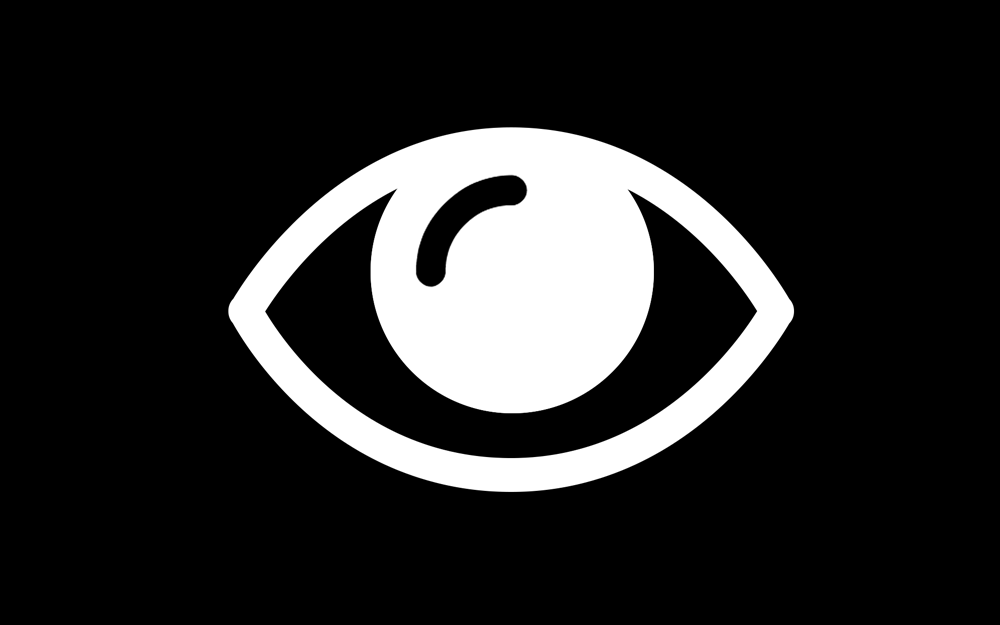
Illuminati
uncube’s pick of enlightened façades
-
Berlin-based artist Carsten Nicolai has spent the last few years concerning himself with scientific reference systems in both his artworks and his music (produced under the pseudonym noto). He uses mathematical patterns, grids and codes, manipulating random, self-generating structures with the precision of a scientist to create poetic and engrossing works that demonstrate well the close ties between technology and spectacle in our digital age.
Light and sound are a big part of Nicolai’s oeuvre. As part of the 2014 Art Basel Hong Kong he created a monumental city-scale installation called α (alpha) pulse. Based on the effects of audio-visual stimulation on human perception, it utilised the entire façade of the 490-metre-high International Commerce Centre skyscraper on the Kowloon harbour to send pulses of light throughout the city. An accompanying app that individuals could download on their mobile phones provided a pulse of sound and an additional layer of light patterns to go with it.
Echoing the strangely calming, pacemaker alpha waves of the human brain, this multimedia, multi-scale installation generated a strangely hypnotic participatory experience for viewers citywide. Beyond the mere entertainment level, α (alpha) pulse raises some interesting questions about mass influence through individual media interfaces and the slightly uncomfortable feeling that an audio-visual soma for the senses, although benign in this case, could also be used to quite different effect… (sl)
carstennicolai.deCarsten Nicolai’s “α (alpha) pulse” at Art Basel in Hong Kong in 2014. (Photo and video © Art Basel, courtesy Galerie EIGEN + ART Leipzig/Berlin, The Pace Gallery and Studio Carsten Nicolai)
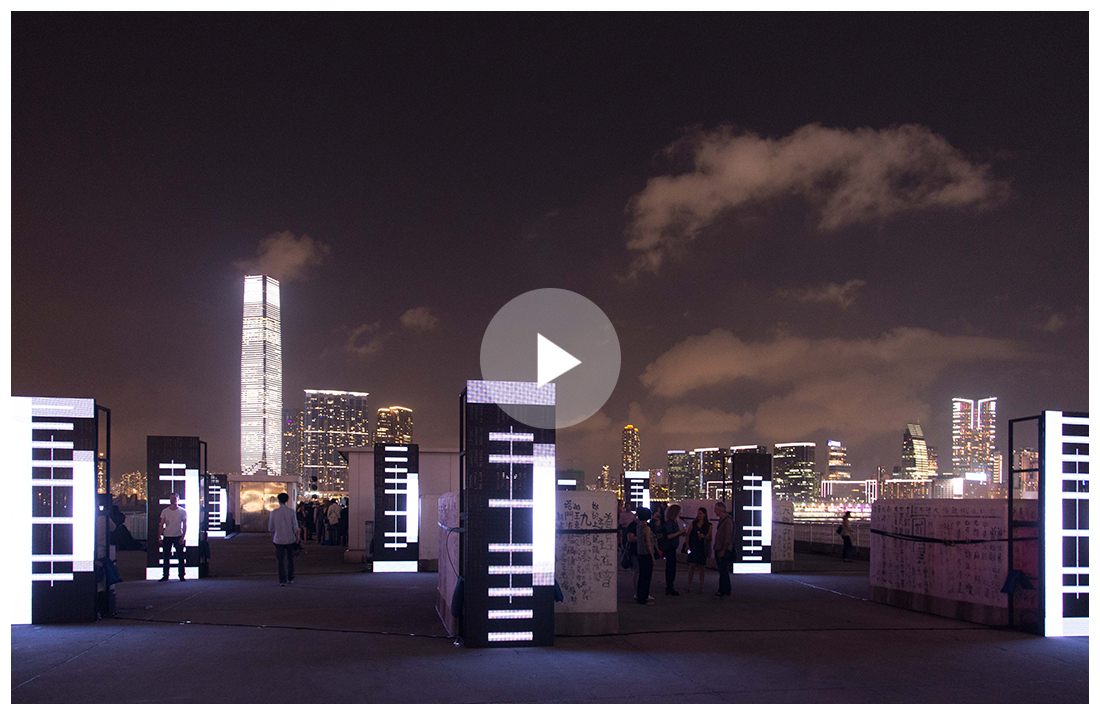
-
Architecture gains a human perspective in the work of Krzysztof Wodiczko. For decades the Polish artist has been exploiting the power of night-time projections on building façades and statues to shine light on personal experiences of political events. His Hiroshima Projection piece from 1999, which remains one of the most moving and controversial components of his oeuvre, involved projections of the hands of Hiroshima survivors onto the “A-Bomb Dome” memorial building. The disembodied hands of survivors were filmed while the subjects spoke about their experiences, and an audio recording of their monologues accompanied the visual spectacle. Wodiczko completed the piece upon winning the Hiroshima Art Prize for World Peace, and its viewing was attended by 4,000 people. (ew)
Krzysztof Wodiczko’s “Hiroshima Projection”, 1999-2000. (Photo © Krzysztof Wodiczko, courtesy Galerie Lelong, New York)
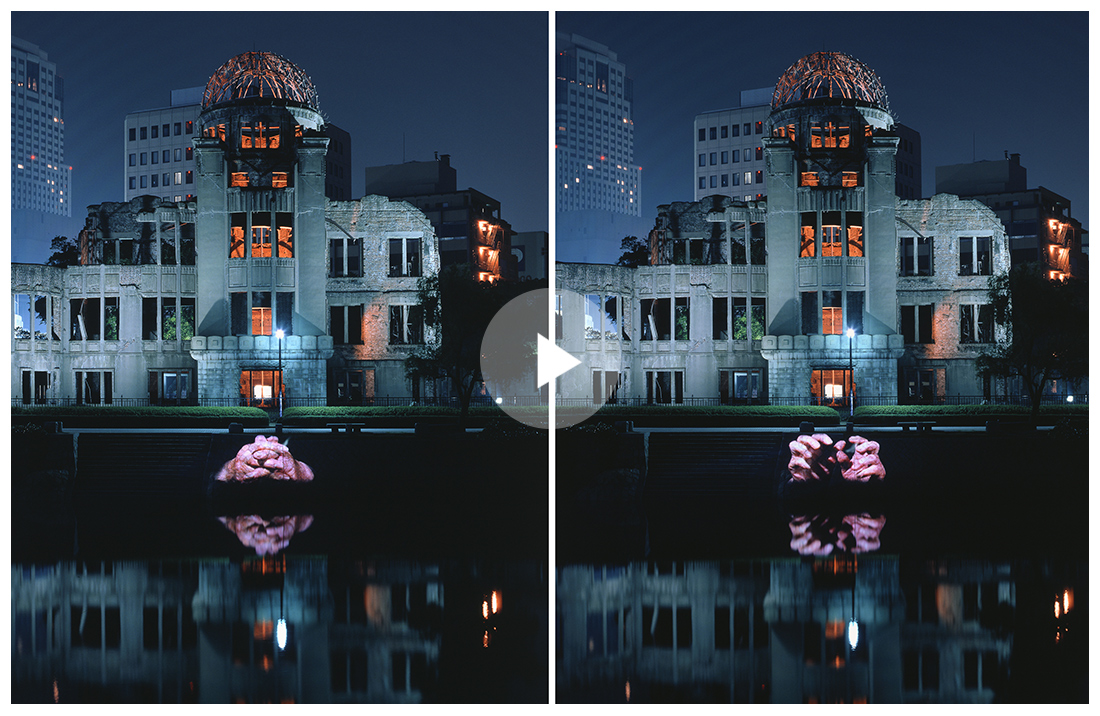
-
There are many remarkable things about this 100-metre-long media façade developed by Berlin-based office realities:united for the new Contemporary Art Center in Cordoba, Spain, but two main components turn it into an exceptional work.
First, there is the fact that building’s inner structure of polygonal rooms is reflected with the façade’s 1,319 polygonal dishes, cast into concrete panels. Each dish contains a lamp whose intensity can be controlled individually via specifically designed software, thus acting as a pixel in a huge grey-scale, low-resolution screen. This makes it almost impossible to screen the common content of other media façades like text messages and advertisements; the intention is for art institutions to integrate its specific potential into their artistic programmes.
Second is the way it answers the question of what a media façade can do during the day. While most are made of glass and LEDs, making them look rather dull in bright daylight, this one features a versatile topography that creates an ever-changing play of light and shadow 24/7.
The building was completed in 2012, but it has never opened due to Spain’s financial crisis. The latest rumours say it might open in 2015 – when it would be fantastic to see the façade finally in action. (fh)(Photo: realities:united)
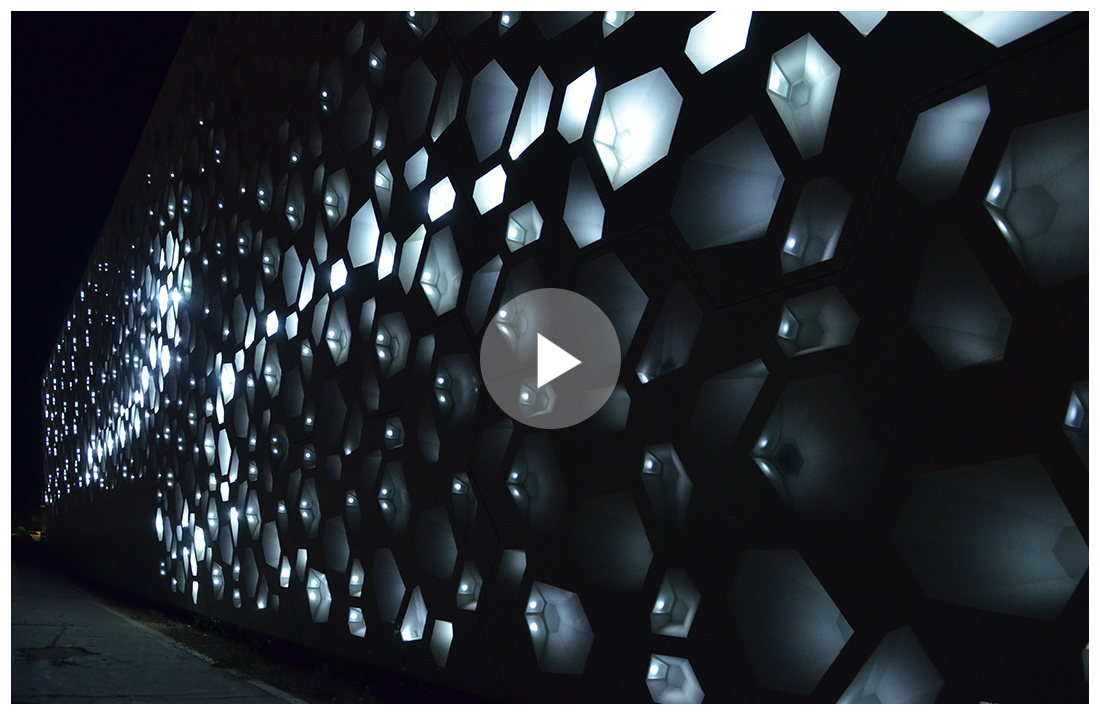
-
In a world when even the antenna of your smartphone is buried in its impenetrable chamber, the electromagnetic reality of networked life is easy to forget. That’s why a group of Scandinavian designers and researchers has endeavoured to visualise some of the invisible, intangible networked processes that govern so many daily interactions with a multimedia project called Immaterials. For one video, Light Painting WiFi, they built a four-metre measuring rod to indicate the signal strength of local wireless networks, which then “paints” a graph when its movement is captured in long-exposure photographs. The dark Oslo December made a perfect backdrop for this documentation of WiFi art – revealing both the scale and ubiquity of invisible networks, as well as their relative fragility. (ew)
elasticspace.comLight Painting Wifi by Timo Arnall, Jørn Knutsen, Einar Sneve. (Photo: Timo Arnall)
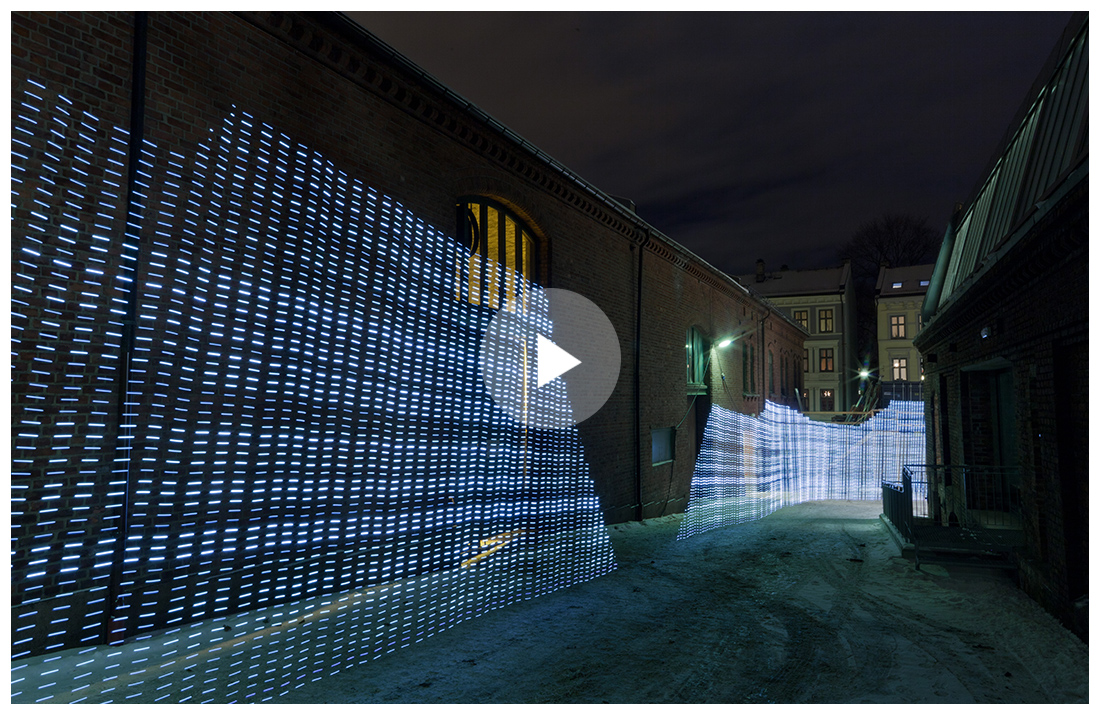
-
Search
-
FIND PRODUCTS
PRODUCT GROUP
- Building Materials
- Building Panels
- Building technology
- Façade
- Fittings
- Heating, Cooling, Ventilation
- Interior
- Roof
- Sanitary facilities
MANUFACTURER
- 3A Composites
- Alape
- Armstrong
- Caparol
- Eternit
- FSB
- Gira
- Hagemeister
- JUNG
- Kaldewei
- Lamberts
- Leicht
- Solarlux
- Steininger Designers
- Stiebel Eltron
- Velux
- Warema
- Wilkhahn
-
Follow Us
Tumblr
New and existing Tumblr users can connect with uncube and share our visual diary.
»Tradition is a dare for innovation.«
Alvaro Siza
Keyboard Shortcuts
- Supermenu
- Skip Articles
- Turn Pages
- Contents


